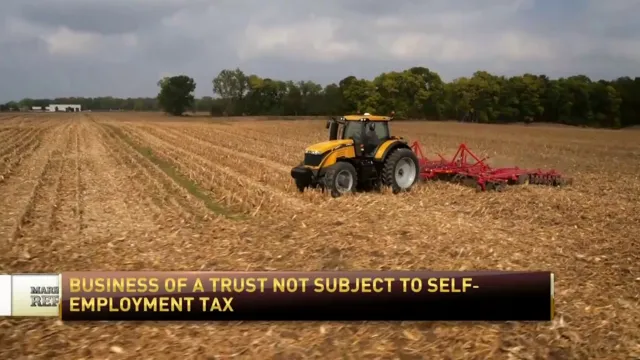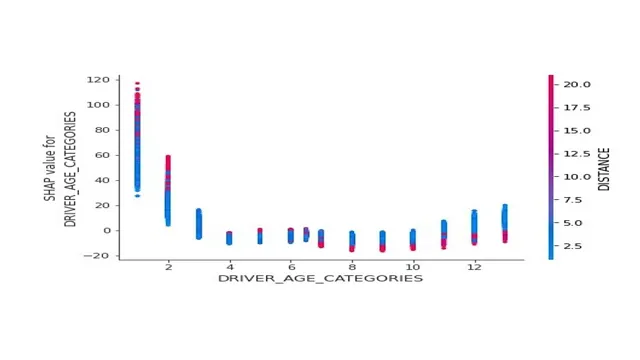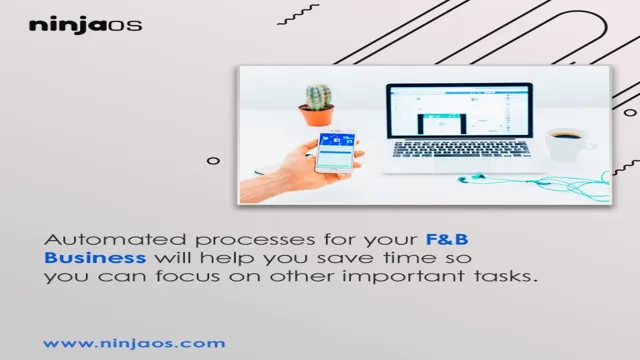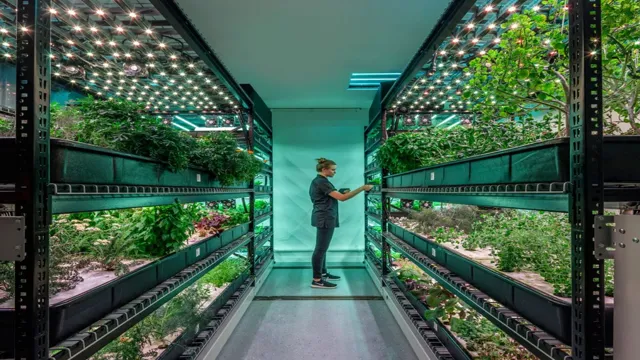Backyard farming has become increasingly popular in recent years, and for good reason. With the rising costs of groceries and concerns over the quality and safety of store-bought produce, more and more people are turning to their own backyards to grow their own food. But backyard farming is more than just a way to save money on groceries.
It offers a multitude of benefits that extend far beyond the dinner table. From promoting sustainable living to improving mental and physical health, backyard farming has the potential to transform not only our diets but also our lives. In this blog post, we will explore the many benefits of backyard farming and why you should consider starting your own mini-farm right in your backyard.
Whether you have a large backyard or just a small patio, there are options for everyone to get involved in this rewarding and fulfilling endeavor. So if you’re tired of relying on the grocery store for your food and want to take control of what you eat, keep reading to discover the incredible benefits that backyard farming has to offer. Get ready to dig in and uncover a whole new world of sustainable living and self-sufficiency.
Table of Contents
The Basics of Backyard Farming
Backyard farming is a rewarding and sustainable way to grow your own food and connect with nature. Whether you have a small plot of land or just a few pots on your patio, you can enjoy the benefits of fresh, organic produce right at your doorstep. Not only does backyard farming provide you with a constant supply of nutritious fruits and vegetables, but it also allows you to reduce your carbon footprint and save money on groceries. Plus, the act of tending to your plants and watching them grow can be a therapeutic and calming experience. So why not transform your backyard into a mini farm and start reaping the rewards of homegrown goodness?
1. Economic Benefits
In today’s fast-paced world, finding ways to live sustainably has become increasingly important. One way to do this is through backyard farming, which offers a range of economic benefits. Sustainable living is not just about reducing our carbon footprint but also about finding ways to save money and create a healthier lifestyle for ourselves and our families.
Backyard farming allows individuals to grow their own fruits, vegetables, and herbs, reducing the need to purchase these items from grocery stores. This can lead to significant cost savings over time, especially when considering the rising prices of organic produce. Additionally, backyard farming allows individuals to have control over the quality and safety of the food they consume, as they can avoid the use of pesticides and other harmful chemicals.
Moreover, backyard farming can also be a source of additional income. Surplus produce can be sold or traded with neighbors and friends, providing a small revenue stream. This not only helps to offset the costs of gardening supplies and equipment but can also contribute to the local economy.
In addition to the economic benefits, backyard farming promotes self-sufficiency. By growing their own food, individuals become less reliant on external food sources, reducing the risk of food shortages and price fluctuations. This can be particularly valuable during times of crisis or economic instability.
Furthermore, backyard farming can also have positive effects on mental and physical well-being. Spending time outdoors, tending to plants, and engaging in physical activity can reduce stress, improve mood, and increase overall happiness. The sense of accomplishment that comes with successfully growing one’s own food can also boost self-esteem and provide a sense of purpose.
1. Save Money on Groceries
Sustainable living is all the rage these days, and one way to embrace this lifestyle is through backyard farming. Not only does it allow you to take control of what you eat, but it also saves you money on groceries. By growing your own fruits, vegetables, and herbs, you can significantly reduce your grocery bill and ensure that your food is fresh and free from harmful chemicals.
Additionally, backyard farming promotes a sense of self-sufficiency and connection with nature. So why not give it a try and start reaping the benefits of sustainable living right in your own backyard?

2. Environmental Benefits
In today’s fast-paced world, where convenience often takes precedence over sustainability, backyard farming offers a refreshing alternative. Sustainable living is not just a buzzword; it is a way of life that prioritizes the health of the planet and our own well-being. Backyard farming is a prime example of sustainable living, as it allows individuals to grow their own food right at home.
One of the key environmental benefits of backyard farming is the reduction in greenhouse gas emissions. By growing your own produce, you are cutting down on the carbon footprint associated with transporting food from farms to stores. Additionally, backyard farming promotes organic and pesticide-free practices, which not only benefit the health of the soil and plants but also minimize the use of harmful chemicals that can seep into water sources and harm wildlife.
Another environmental advantage of backyard farming is the conservation of water. Traditional farming methods often require extensive irrigation systems, leading to high water consumption. In contrast, backyard farming allows individuals to implement water-saving techniques such as drip irrigation or rainwater harvesting, reducing water waste significantly.
Backyard farming also promotes biodiversity. By growing a variety of fruits, vegetables, and herbs, you are creating a mini-ecosystem that attracts beneficial insects, birds, and other wildlife. This increase in biodiversity helps to maintain a healthy balance in the environment and supports pollinators, which are essential for food production.
Additionally, backyard farming encourages composting and recycling. Kitchen scraps and yard waste can be transformed into nutrient-rich compost, which not only reduces the amount of waste that ends up in landfills but also enriches the soil, making it more fertile and productive. In conclusion, backyard farming offers numerous environmental benefits, making it a win-win situation for both the planet and individuals.
By embracing sustainable living and growing our own food, we can reduce greenhouse gas emissions, conserve water, promote biodiversity, and contribute to the overall health of the environment. So, why not start your own backyard farm today and reap the rewards of sustainable living?
3. Reduce Food Miles
Backyard farming is a sustainable living practice that offers numerous benefits, including reducing food miles. By growing your own food in your backyard, you can significantly decrease the distance it travels from farm to table. This not only reduces transportation emissions but also ensures fresher and healthier produce.
Plus, backyard farming allows you to have full control over the cultivation process, ensuring that your food is grown organically and free from harmful chemicals. So, why rely on food that has traveled thousands of miles when you can have a sustainable and delicious harvest right in your own backyard?
4. Minimize Packaging Waste
Minimizing packaging waste is a crucial aspect of sustainable living, and one way to do so is through backyard farming. By growing our own fruits, vegetables, and herbs, we can reduce the need for store-bought produce that often comes wrapped in excessive packaging. Backyard farming allows us to have a direct connection with our food, ensuring its freshness and quality. Additionally, it promotes self-sufficiency and can save money in the long run. So, why not embrace the benefits of backyard farming and take a step towards a more sustainable lifestyle?
5. Promote Biodiversity
Sustainable living is all about finding creative ways to reduce our carbon footprint and promote biodiversity. One such way is through backyard farming. By cultivating our own fruits, vegetables, and herbs, we not only reduce our reliance on store-bought produce, but we also contribute to a healthier ecosystem.
Backyard farming allows us to have a direct connection with the food we consume, ensuring its freshness and quality. Additionally, it provides an opportunity to engage in physical activity and enjoy the therapeutic benefits of gardening. So, why not embrace backyard farming and reap the countless benefits it offers for both ourselves and the environment?
6. Health Benefits
Sustainable living is becoming increasingly important in today’s world, and one way to contribute to this movement is through backyard farming. Backyard farming refers to the practice of growing your own food in your own backyard, whether it’s vegetables, fruits, or even raising chickens for eggs. There are numerous health benefits associated with backyard farming.
Firstly, by growing your own food, you have complete control over what goes into it. You can avoid harmful pesticides and chemicals, ensuring that you and your family are consuming fresh, organic produce. This can have a positive impact on your overall health, reducing the risk of exposure to harmful substances and increasing your intake of nutrients.
Backyard farming also encourages physical activity. Maintaining a garden requires regular weeding, watering, and harvesting, all of which involve physical movement. This can be a great way to incorporate exercise into your daily routine, helping to improve cardiovascular health, increase strength and flexibility, and even reduce stress levels.
In addition to the physical benefits, backyard farming can also have a positive impact on mental health. Spending time outdoors, surrounded by nature, has been shown to reduce stress, anxiety, and depression. Gardening has a calming effect on the mind, allowing you to connect with the earth and find a sense of peace and tranquility.
Furthermore, backyard farming promotes a connection to the food you eat. By growing your own fruits and vegetables, you develop a deeper appreciation for the entire process of food production. You gain a better understanding of the effort and resources required to bring food to your table, which can lead to a greater sense of gratitude and mindfulness when it comes to eating.
Overall, backyard farming offers a multitude of health benefits. It allows you to eat fresh, nutritious food, engage in physical activity, and find solace in nature. By incorporating sustainable practices into your daily life, you not only improve your own well-being but also contribute to the health of the planet.
7. Access to Fresh, Nutrient-rich Produce
Backyard farming has become a popular trend in sustainable living, and for good reason. Not only does it provide access to fresh, nutrient-rich produce, but it also offers a range of other benefits. By growing your own food, you can reduce your carbon footprint by eliminating the need for transportation and packaging. Additionally, you have control over what goes into your food, ensuring that it is free from harmful pesticides and chemicals. Backyard farming also promotes a sense of self-sufficiency and connection to nature, making it a rewarding and fulfilling way to live sustainably.
Frequently Asked Questions(FAQs)
What Is Backyard Farming?
Backyard farming refers to the practice of growing food and raising animals in one’s own backyard or small plot of land.
What Are The Benefits Of Backyard Farming?
Backyard farming has several benefits, including access to fresh and organic produce, reduced carbon footprint, increased self-sufficiency, and the opportunity to connect with nature.
How Can I Start Backyard Farming?
To start backyard farming, you can begin by assessing the available space, researching what crops or animals are suitable for your area, preparing the soil, and acquiring the necessary tools and equipment.
Can Backyard Farming Save Money?
Yes, backyard farming can help save money on grocery bills by providing a source of fresh produce. It can also reduce the need for transportation and packaging, further reducing expenses.
Conclusion
Backyard farming is not just a trend or a hobby for those with a green thumb it is a lifestyle that promotes sustainability and self-sufficiency. By growing our own food, we reduce our carbon footprint, decrease our reliance on industrial agriculture, and reconnect with nature. Plus, there’s nothing quite as satisfying as plucking a ripe tomato from the vine or gathering fresh eggs from your own backyard.
So, why not join the backyard farming revolution and reap the bountiful benefits of sustainable living? It’s time to dig in and sow the seeds of a greener, tastier, and more fulfilling future. After all, as the saying goes, “the grass is greener where you water it,” and in this case, it’s also where you grow it!”

















